Book Summary and Analysis |
History, Philosophy, Politics and Society |
Economics, Business and Finance | Money, Personal Finance and Investments
A Summary and Critique of
Thomas Piketty’s
Capital in the Twenty-First Century –
Where We Are,
What Is Next,
How Piketty is Right and Wrong
by I.K. Mullins
Copyright©2014 I.K. Mullins. All Rights Reserved. No part of this book may be reproduced or retransmitted in any form or by any means without the written permission of the author.
Should you have any questions, please contact us at permissions@insightfulreader.com
PART II. HOW PIKETTY’S THEORY IS CORRECT: CRITICAL ANALYSIS OF PIKETTY’S PRINCIPAL MESSAGES
In Part II, we identify important ideas and principal messages of Piketty’s book, analyze their structure, and discuss their far-reaching consequences.
1. Examination of Various Economic Theories
Generally, the economic theories in Piketty’s book are divided between two points of view:
- The point of view of Karl Marx, who proposed that capitalism would destroy itself in the never-ending pursuit of shrinking profit returns.
- The point of view of Simon Kuznets who proposed that the inequality gap would decrease as economies develop.
Piketty uses the data on wealth and income inequality in Europe and the United States available from the 18th century to the beginning of the 21st century. According to Piketty, the data do not support either of the above-listed points of view.
Despite the negative forecasts made by Ricardo and Marx, earnings went up. Nonetheless, Marx’s questions remain important: How does capitalism affect distribution of wealth? Is there a limit to the amount of capital that a small fraction of the population can acquire?
Piketty argues that inequality is an inevitable outcome of free market capitalism. Free-market economy refers to a capitalist economic system where prices for goods and services are not regulated. Instead, they are determined by the forces of supply and demand without governmental intervention.
However, Piketty’s argument is questionable. The modern market is not a free market because it is regulated in various ways. For example, in his article, “Why Free-market Economics Is a Fraud”, Ian Fletcher points out that politicians interfere with the market on a regular basis. He writes, “The political players in America today who claim to support free markets don’t. They support free markets in the things their backers buy, but maximum barriers to entry in the things their backers sell.” Fletcher also points out that monopolies cannot be part of a free market: “We’ve been fooled… Behind the smiling mask of a hundred labels smirks a single monopolist.” This issue is further discussed in Part III of this book.
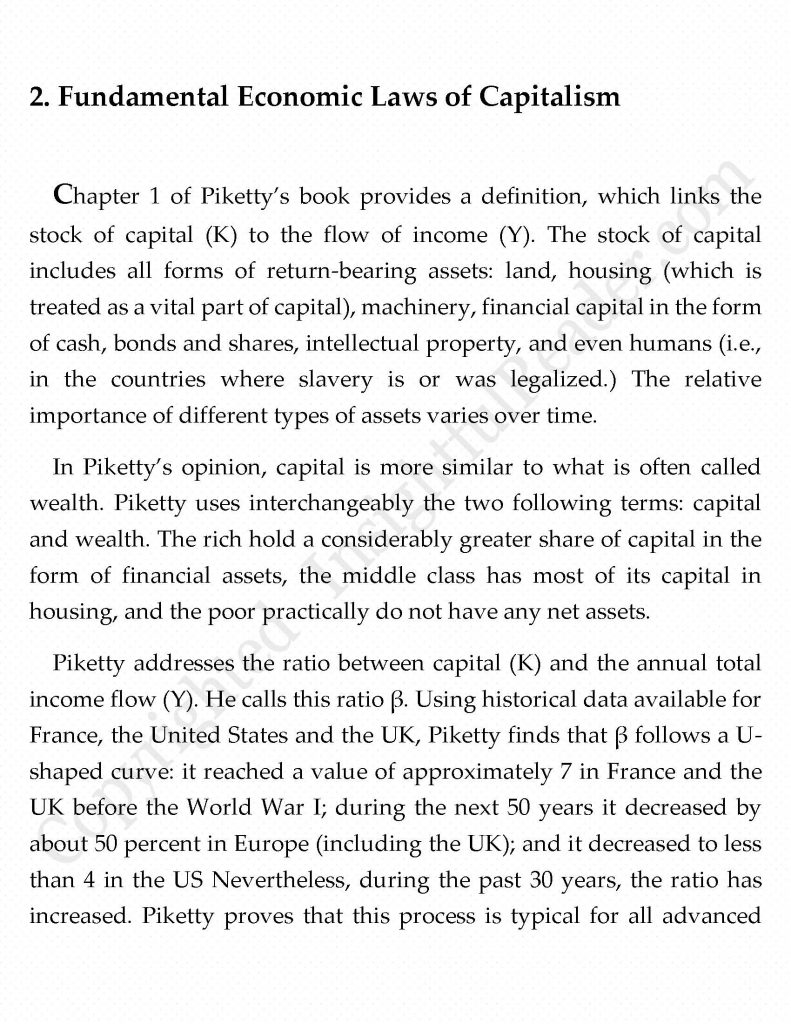
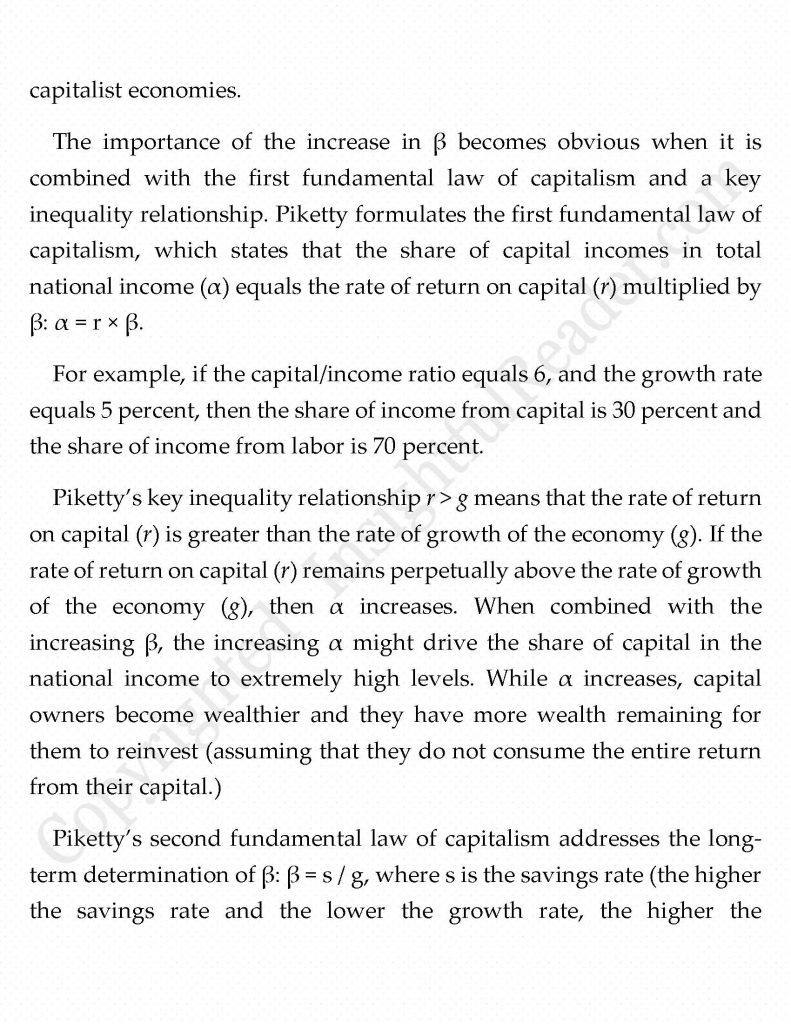
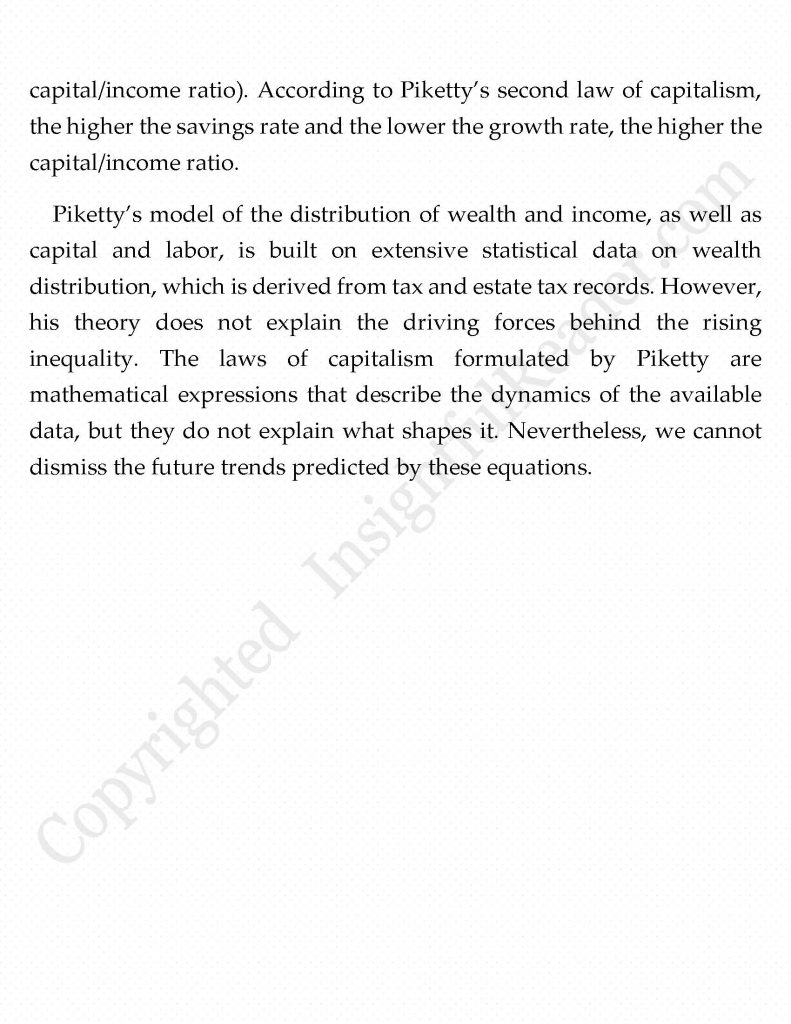
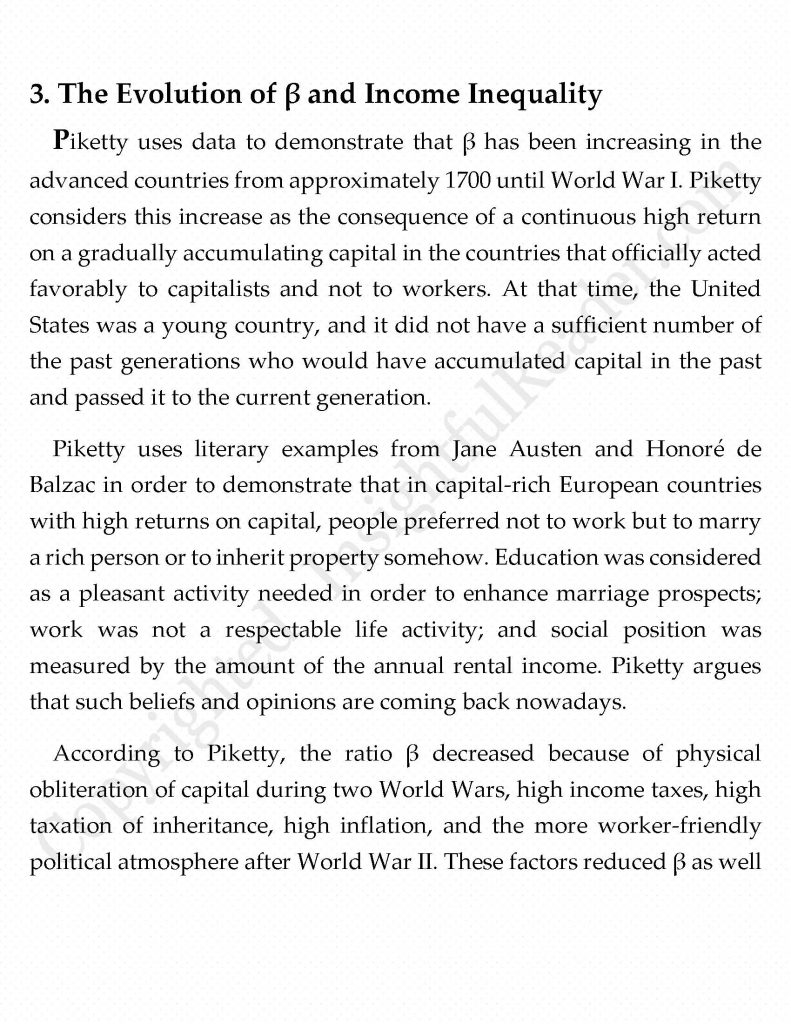
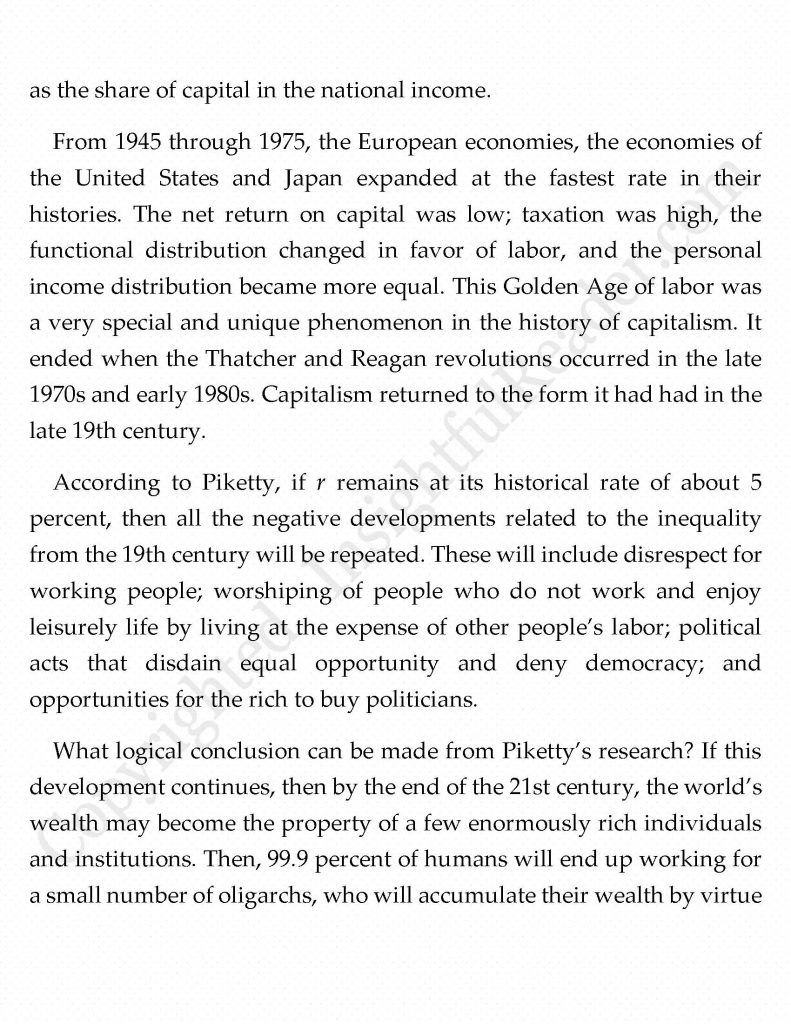

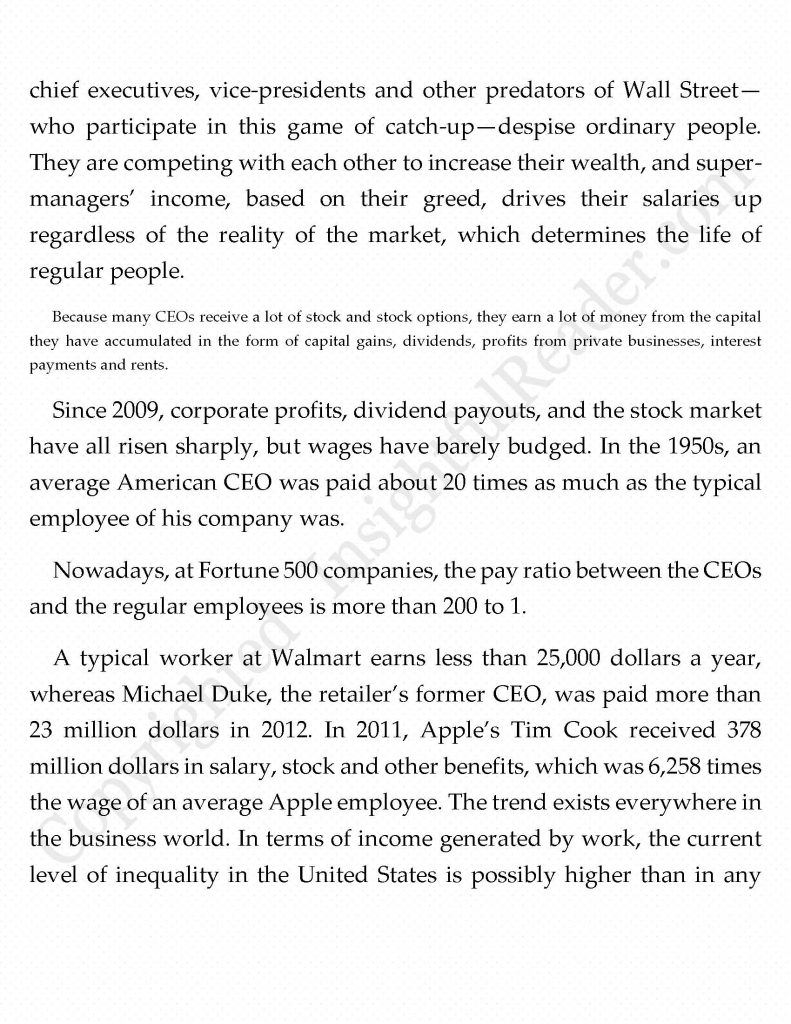
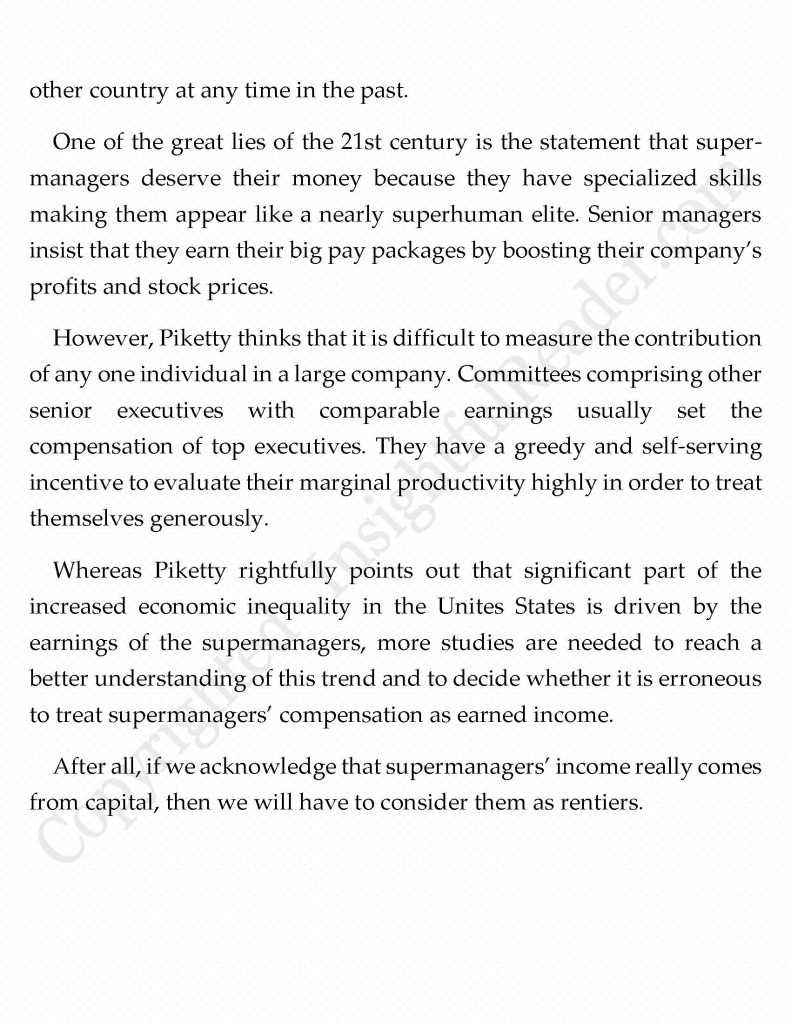
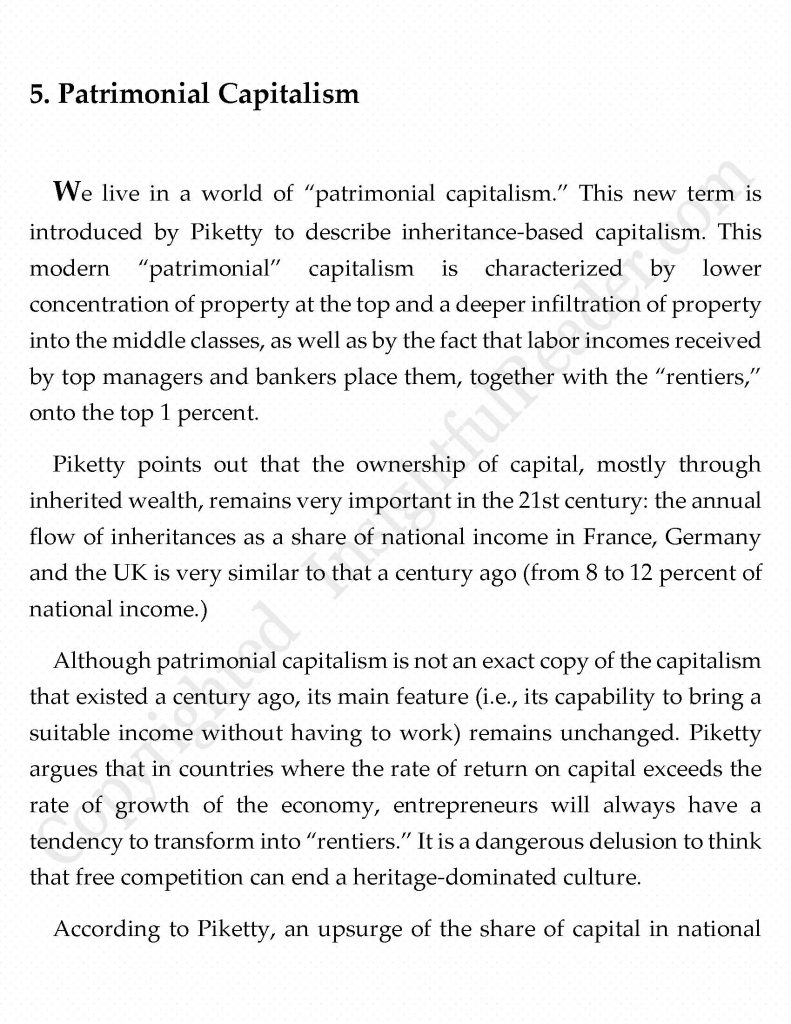

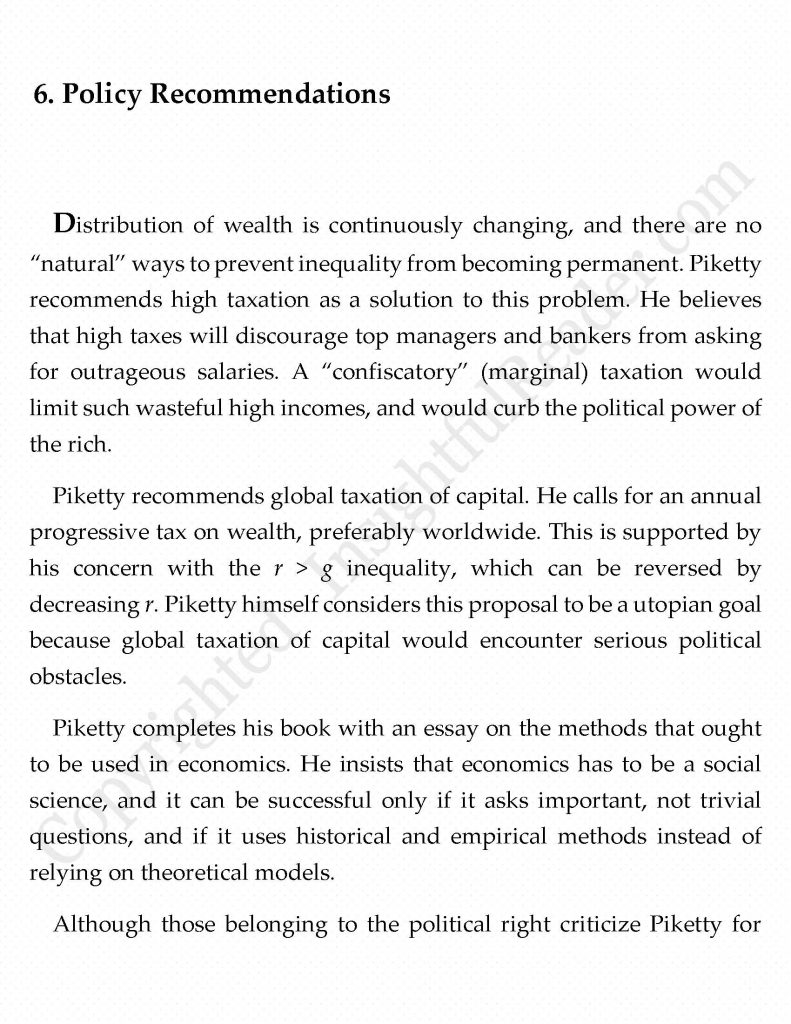
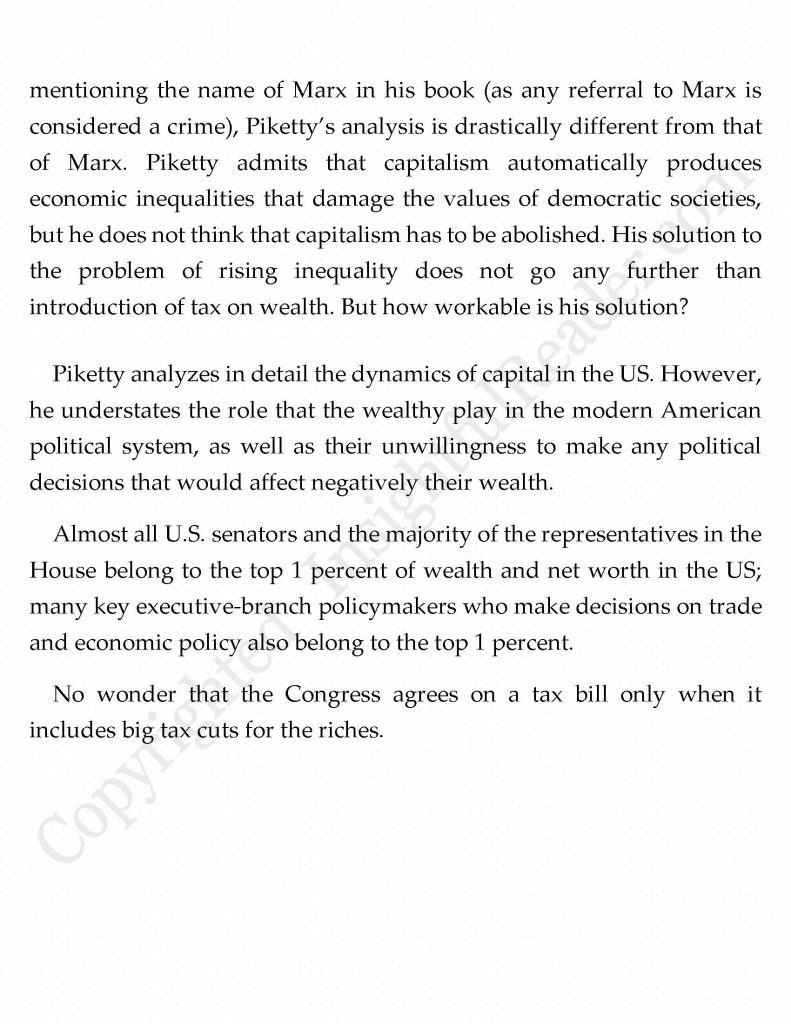
Related content
Dead Wake by Eric Larson
Clinton Cash
Promoted links from around the web
Dead Wake by Eric Larson
Clinton Cash
